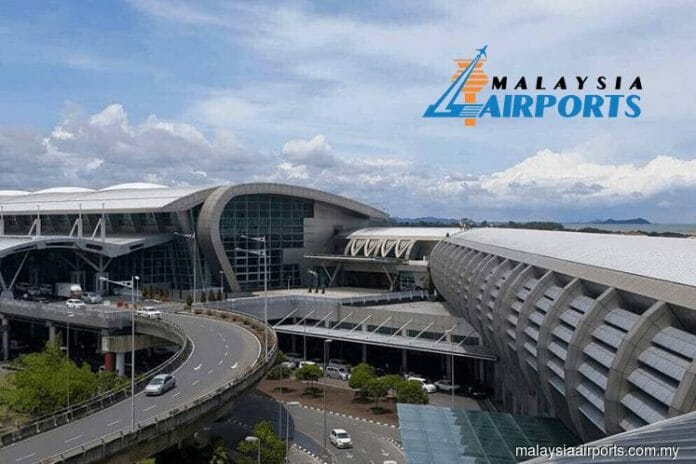No effective increase in total PSC revenues for MAHB…
The Malaysian aviation regulator MAVCOM released its aeronautical rate decision yesterday, 12 Mar 2024, but seems for little excitement for investors.
CGS International (CGS), in its company note today (Mac 13), said MAVCOM will increase aircraft landing and parking charges from 1 Jun 2024F by 6.89% from the current rates, to be followed by a 2.3% increase on 1 Jan 2025F and a 2.4% increase on 1 Jan 2026F.
These have a positive impact on Malaysia Airports Holdings Berhad’s (MAHB) revenues and profits but was already flagged by MAVCOM back in Mar 2023 and CGS had incorporated them into their earnings model since then.
More interesting is that MAVCOM will increase PSC rates for ASEAN international travel from the current RM35 to RM73 for KLIA1 and to RM50 for non-KLIA1 airports as well as introduce maiden transfer PSC rates at RM7 for domestic transfers, RM42 for international transfers at KLIA1, and RM29 for international transfers at non-KLIA1 airports.
These new Passenger Service Charge (PSC) (formerly known as ‘Airport Tax’) will start on 1 Jun 2024F and remain effective until 31 Dec 2026F, during what is known as Regulatory Period 1 (RP1).
However, CGS’ calculations show that the higher actual gazetted PSCs will simply reduce the MARCS PSC compensation that MAHB receives from the government to almost nil in FY25F, the first full year of the gazetted PSC increases.
In other words, MAHB’s PSC revenues will remain capped at the Benchmark PSC rates, with no effective increase in total PSC revenues.
The upcoming increases in the gazetted PSCs appear to be designed to help the Government of Malaysia (GoM) reduce the PSC subsidies it pays to MAHB.
The Benchmark PSC rates were themselves increased by 7.4% on 12 Feb 2024, according to the terms of the existing Operating Agreement (OA) with the GoM; this was already well anticipated by the street and did not have positive surprise value.
… while the LCM has little economic relevance until 2027F
MAVCOM said it is committed to starting a cost-based framework (CBF) for the setting of airport tariffs from 1 Jan 2027F, which is the start of the second 3-year regulatory period (RP2).
However, CGS is disappointed that MAVCOM did not consider introducing the CBF in RP1 as we forecast MAHB’s Malaysian operations to be fully recovered to pre-Covid-19 passenger traffic levels by 2025F.
If the CBF was introduced in RP1, MAHB’s Malaysian operations would see significantly higher profits in FY24-26F, in our calculations.
The consolation prize is that MAVCOM will begin the loss capitalisation mechanism (LCM) in RP1, which is a de-facto shadow CBF, but CGS sees little reason to be excited as the LCM has no economic relevance for MAHB until 2027F.
In the end, all MAHB will be getting in RP1 are low rates of increases for its aircraft landing and parking charges and virtually no increase in its effective total PSC revenues.
CGS reiterates Hold with upside risks: better-than expected terms for the new OA, which may be announced soon. Downside risks: slower than-expected pick-up in Malaysia outbound travel and inbound Chinese visitors.









